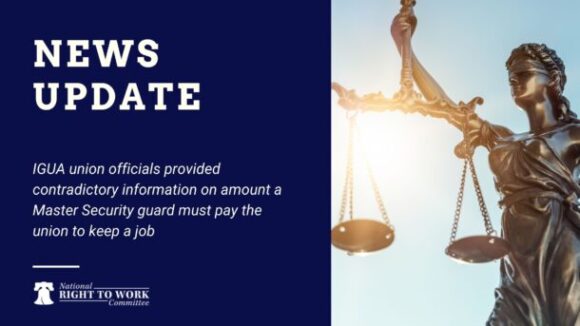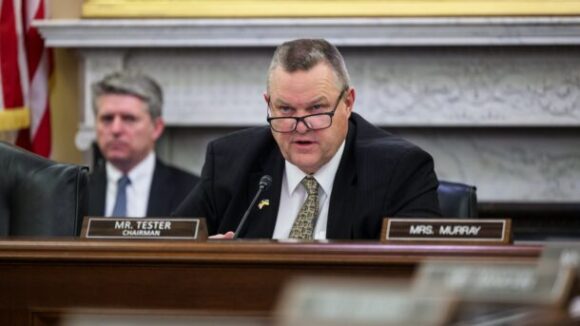GOP’s ‘Dangerous Liaison’ With Union Bigwigs
Josh Hawley distances himself from pro-Right to Work pledges, aligning with union bosses like the Teamsters, despite their history of corruption.
The Department of Labor’s efforts to destroy financial disclosure rules designed protect union members and inform them about the spending habits of the union bosses is selling out the 99% to help the 1%, in the parlance of the Occupy Wall Street movement:
The Department of Labor (DOL) doesn’t need to loosen financial disclosure for union bosses to take advantage of union members’ dues. Yet, this is exactly what the Obama administration has done. On October 26, DOL published a regulation that would weaken union members’ protections against fraud and corruption by union leadership.
Under the new regulation, DOL’s union financial reporting document, the Form LM-30, will no longer require financial disclosure reporting by union stewards, leave for workers performing union activities while being paid by their employer, financial dealings with credit institutions (such as loans), and union officials’ payments from union trusts.
It’s not as if these requirements served no purpose. Numerous major cases of union corruption last month bring the timing of the rulemaking into question. Here’s a quick rundown for October:
- In Chicago, former Chicago Federation of Labor President Dennis Gannon, along with two union lobbyists, were found to be double-dipping pensions. They secured six-figure pensions from the city of Chicago, based on calculations from their inflated wages for carrying out union activities, rather than from their wage from government service.
- Union bosses were found greasing the wheels on the Long Island Railroad Workers’ billion- dollar disability pension scam. Ten NYPD officers, who are union officials in the Patrolmen’s Benevolent Association, were charged for their role in a widespread ticket-fixing scam.
- The United Food and Commercial Workers’ New York local president, former president, and treasurer were arrested for racketeering, extortion, money laundering, and witness tampering.
The LM-30 was designed to make union finances transparent and hold union bosses accountable to their membership. As stated in Labor Management Reporting and Disclosure Act, “[T]he Department [of Labor] established the Form LM-30 … to make public any actual or likely conflict between the personal interests of union officers and employees and their obligations to the union and its members.”
With this fresh list of corrupt union activities, does loosening union financial disclosure and relaxing compliance procedures protect the hardworking, middle-class union member? No. Unfortunately, the opposite is true.Both labor unions and investment firms are in the service industry and are responsible for customer funds. Both have control over customer cash and act as fiduciaries. Union organizers promise potential union member lavish benefits from union services, much as investment firms offer to prospective customers. Yet only Big Labor gets a regulatory pass — to the detriment of its members.
Sadly, for rank-and-file union members, the Obama administration’s recent moves mean they will have even less control over how their union dues are spent. Maybe it’s time that union workers occupied union halls and called on union bosses to reject the new LM-30 form.
Year in year out, union members come out in force to help elect Democrats. Yet President Obama and his administration seem more concerned with to currying favor with the 1% of elite union bosses, to the detriment of the 99% of union workers who work hard for their paycheck every day.

Josh Hawley distances himself from pro-Right to Work pledges, aligning with union bosses like the Teamsters, despite their history of corruption.

IGUA union officials provided contradictory information on amount a Master Security guard must pay the union to keep a job

Thanks to the Committee's election-year program, union-label candidates like Sen. Jon Tester (Mont.) are being given a choice: pledge to change course and support Right to Work going forward, or face the potential political consequences.